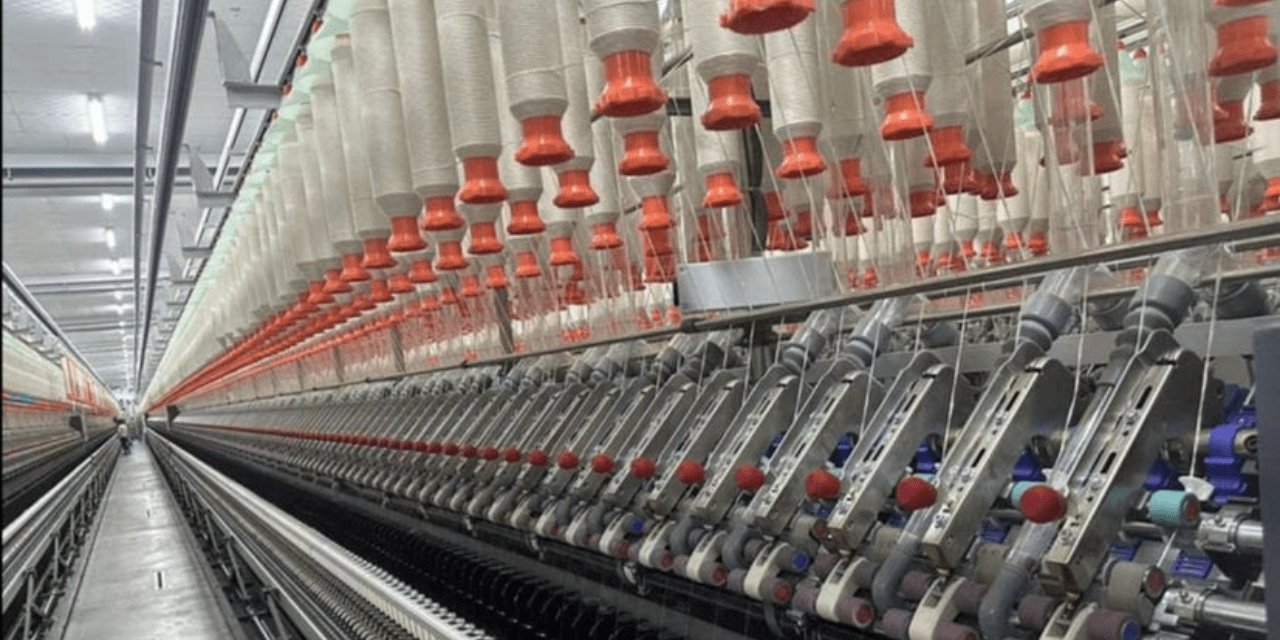The textile spinning industry across Asia is on the brink of a significant transformation. Amid rising costs for labor, raw materials, and energy, many spinners have traditionally focused on cost reduction to sustain profitability. However, a major growth opportunity has emerged for forward-thinking companies.
Driven by the European Union’s Green Deal and sustainability pledges from global fashion brands, regulatory frameworks are likely to soon require a defined share of recycled content in textile products—particularly in those sold within European markets. This shift is poised to create a lucrative market for yarns with recycled content, offering Asian spinning mills a chance to capitalize on premium demand.
-edited.jpg?sfvrsn=26eb7406_1)
ITMA ASIA + CITME 2025: A Showcase of Innovation
At the upcoming ITMA ASIA + CITME exhibition in Singapore (October 2025), global leaders in spinning and winding technology will highlight their latest innovations. Notable participants include renowned manufacturers such as Murata and Toyota from Japan, CHTC from China, Marzoli and Savio from Italy, Electrojet from Spain, Oerlikon and Trützschler from Germany, Rieter and Saurer from Switzerland, and India’s Lakshmi Machine Works (LMW).
Breakthroughs in Spinning Technologies
These companies continue to push the boundaries of spinning methods—whether it’s ring, compact, rotor, or air-jet spinning. Notably, air-jet spinning has seen rapid advancements, now reaching speeds of 450 meters per minute, positioning it as a leading solution for high-volume yarn production.
Mechanical upgrades, combined with automation and intelligent controls, have improved overall efficiency. Rotor spinning now benefits from advanced materials that reduce wear and friction, allowing for greater speed without compromising quality. Similarly, innovations in ring spinning include ceramic-coated rings and lightweight spindles—some featuring magnetic levitation—to enhance durability and minimize energy usage.
Drafting systems have also become more precise with the aid of computerized controls, enabling consistent yarn quality at higher speeds. Real-time monitoring ensures minimal fiber breakage and uniformity in the finished product.
AI, Automation, and Sustainability
Artificial Intelligence is now playing a significant role in modern spinning machines. Integrated AI systems monitor operating conditions, enabling automated adjustments to maintain optimal output and reduce defects. Automated processes like doffing and piecing are further streamlining production lines and cutting downtime.
High-speed machines also feature advanced drive systems with energy-saving capabilities, such as variable frequency drives and efficient motors. In air-jet spinning, redesigned nozzles and airflow systems have resulted in smoother fiber cohesion and faster, cleaner spinning.
From Waste to Value: The Recycling Revolution
Many Asian spinning firms are already incorporating pre-consumer waste into their yarns—especially via rotor spinning, which is best suited for materials with high short-fiber content. Virgin cotton typically has about 25% short fibers, while pre-consumer recycled cotton waste can contain nearly 47%.
Historically, this practice was more about affordability than sustainability. But with brands now prioritizing eco-friendly goals, the demand for yarns with high recycled content is set to soar.
Rotor vs. Ring Spinning for Recycled Yarns
Rotor spinning offers greater speed and energy efficiency compared to ring spinning, thanks to fewer moving parts and no need for roving preparation. However, its drawbacks include reduced yarn strength and softness, which limit its use in premium textiles like luxury clothing and fine shirting.
Traditional ring spinning, while producing higher-quality yarns, is less compatible with recycled fibers. Nonetheless, leading machinery companies are working to improve all spinning methods to accommodate more recycled content without sacrificing performance.
Conclusion: An Industry Poised for Change
With top machinery innovators gearing up for ITMA Asia + CITME 2025, the push to integrate more recycled material into high-quality yarns is gaining serious traction. As the industry adapts to meet sustainability goals, Asia’s spinning sector is positioned to become a global leader in the recycled yarn revolution.

